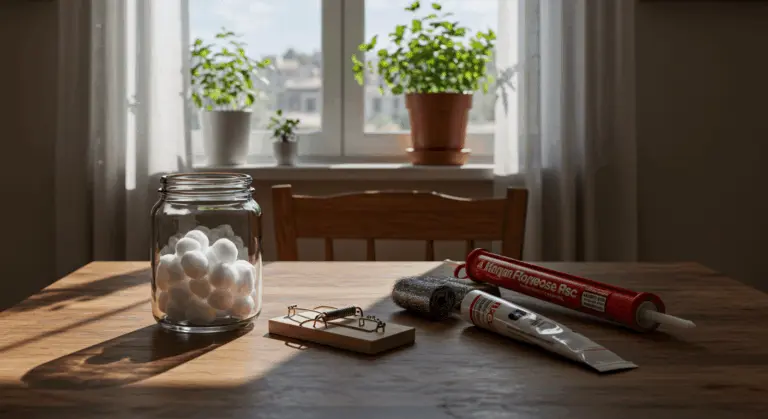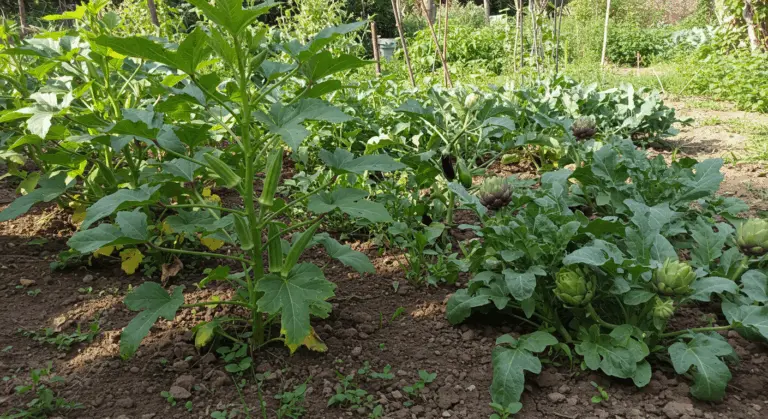Specification uses the reaction between sodium alginate—a natural polymer extracted from brown seaweed—and calcium ions to create a stable, edible membrane that encases liquid.
-
Direct Specification: Sodium alginate is added to the liquid, which is then dropped into a calcium bath. A gel membrane forms on the outside, but the gelling process continues inward, making it less ideal for storage.
-
Reverse Specification: Calcium is mixed with the liquid (often frozen), which is then submerged in a sodium alginate bath. The reaction occurs only at the surface, creating a more stable membrane suitable for commercial products like Soho.
The membrane’s thickness and durability can be precisely controlled by adjusting solution concentration, immersion time, and temperature. Since all ingredients are food-grade and biodegradable, this technology directly tackles the environmental crisis of plastic packaging.
Environmental Impact of Water Blobs and Soho
Water blobs like Soho could transform how we package and consume water, offering a genuine environmental breakthrough. Unlike conventional plastic bottles that persist in the environment for hundreds of years, these edible containers have a much smaller ecological footprint. This biodegradable membrane naturally decomposes within four to six weeks. Compare that to plastic bottles, which persist for over 450 years.
These water blobs address the massive scale of plastic pollution. Every minute, approximately 1 million plastic bottles are purchased worldwide—most destined for landfills or oceans. By replacing single-use plastic bottles with edible, biodegradable alternatives, water blobs address one of our most pervasive sources of environmental contamination. A single Soho requires significantly fewer nonrenewable resources to produce than its plastic counterpart, reducing both carbon emissions and fossil fuel consumption throughout its lifecycle.
Water blobs provide another important benefit: they eliminate microplastic contamination entirely. As plastic bottles break down, they release tiny particles that contaminate water systems and enter the food chain. When these natural membranes decompose, they produce only organic matter that safely integrates back into ecosystems. This is important in protecting marine ecosystems and wildlife that are increasingly threatened by plastic ingestion and entanglement.
Water conservation offers another important advantage. Manufacturing a single plastic bottle demands up to three liters of water—an astounding inefficiency. The production process for water blobs consumes significantly less water, creating a more sustainable approach to packaging that addresses multiple environmental concerns simultaneously. In our water-scarce world, this water savings could be as important as eliminating plastic waste itself.
The Future of Sustainable Water Packaging Solutions
Edible water blobs mark a significant step forward in combating single-use plastic pollution. They show us into a future where sustainable packaging becomes the standard, not the exception.
The most promising aspect of edible water blobs is Their economic viability. With production costs estimated at less than 2 cents per unit, these sustainable alternatives can compete with traditional plastic packaging on price point while delivering superior environmental benefits. This low cost enables diverse applications—from everyday consumer use to humanitarian crises, where lightweight, biodegradable packaging could transform water distribution entirely.
Consider the potential at large-scale events. Marathons, music festivals, and sporting events typically generate mountains of plastic waste from single-use water bottles. By transitioning to biodegradable water blobs, event organizers could significantly reduce their ecological footprint while simultaneously showcasing innovative sustainability practices to thousands of attendees. Such high-profile visibility could speed up consumer acceptance, normalizing this technology for everyday use.
Manufacturing improvements are on the horizon. Current research focuses on enhancing the membrane strength to withstand transportation challenges while maintaining biodegradability. Imagine future versions enriched with nutrients or flavors, transforming hydration into something more appealing. The potential integration of this technology with existing beverage distribution networks could create a seamless transition path from plastic dependency to sustainable alternatives, helping us move toward reducing plastic pollution and embracing truly circular packaging solutions.
Challenges and Opportunities in the Water Blob Market
Widespread adoption faces serious market challenges. Traditional plastic bottles have dominated the beverage industry for decades, creating deeply entrenched consumer habits and robust distribution networks that new technologies must compete against. Consumer skepticism runs deep—concerns about texture, durability, and hygiene create substantial psychological barriers.
Scalability presents another major challenge. Scaling manufacturing processes to meet global demand requires substantial investment in specialized equipment and facilities. The membrane’s delicate nature complicates logistics—these products can’t yet match plastic bottles’ resilience during long-distance shipping or extended storage.
Despite these challenges, significant opportunities exist. The increasing consumer awareness of plastic pollution has created a receptive market segment actively seeking sustainable alternatives. Regulatory pressures, including plastic bans and environmental taxes in various regions, are shifting market dynamics in favor of biodegradable solutions. Strategic partnerships with event organizers, universities, and eco-conscious retailers offer ideal platforms for controlled consumer introduction.
The versatility of the specification technology also creates possibilities beyond simple water packaging. Consider the possibilities: sports drinks, cocktail ingredients, even liquid medications—each greatly expanding market potential. As production techniques evolve and economies of scale develop, manufacturers can address current limitations in shelf life and durability while maintaining the core environmental benefits. The water blob market stands at a crossroads. Address these challenges successfully, and this innovative concept could evolve from novelty to mainstream solution for sustainable hydration.



